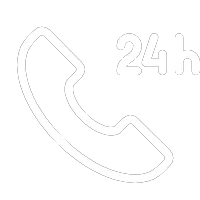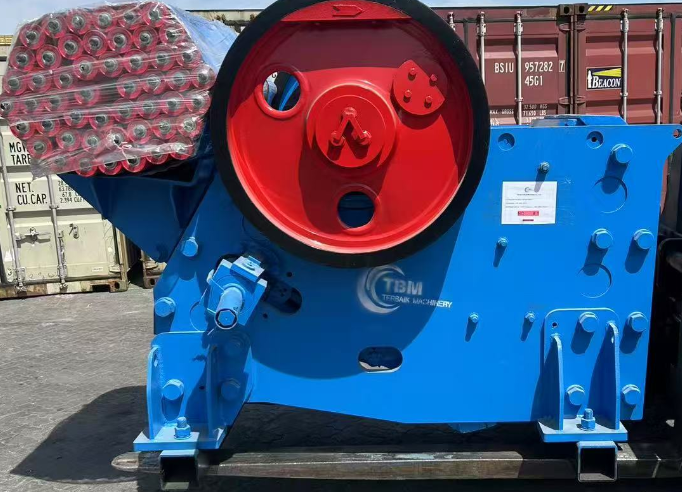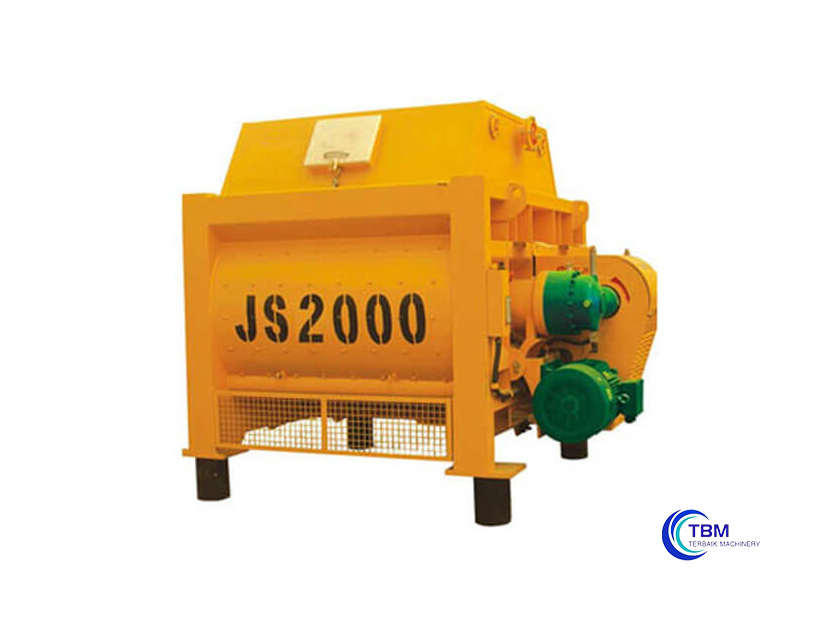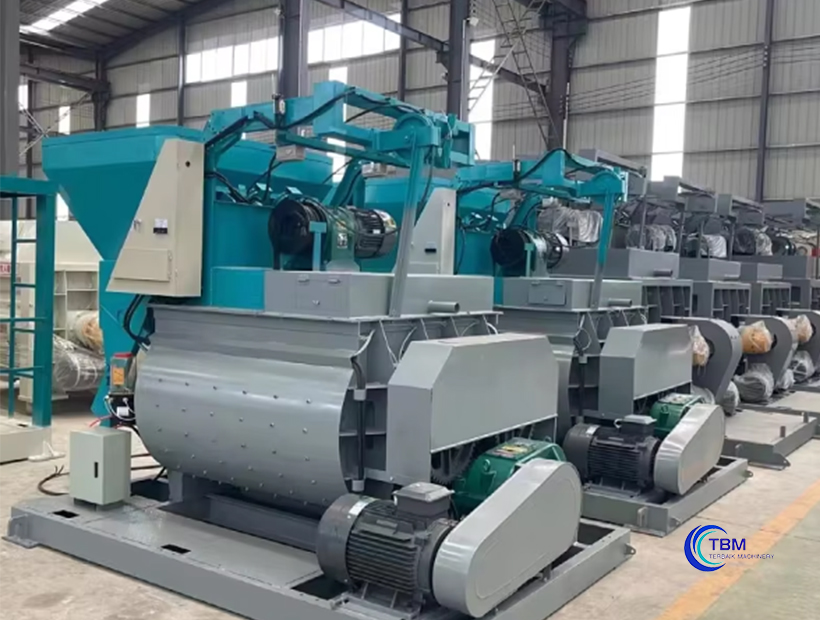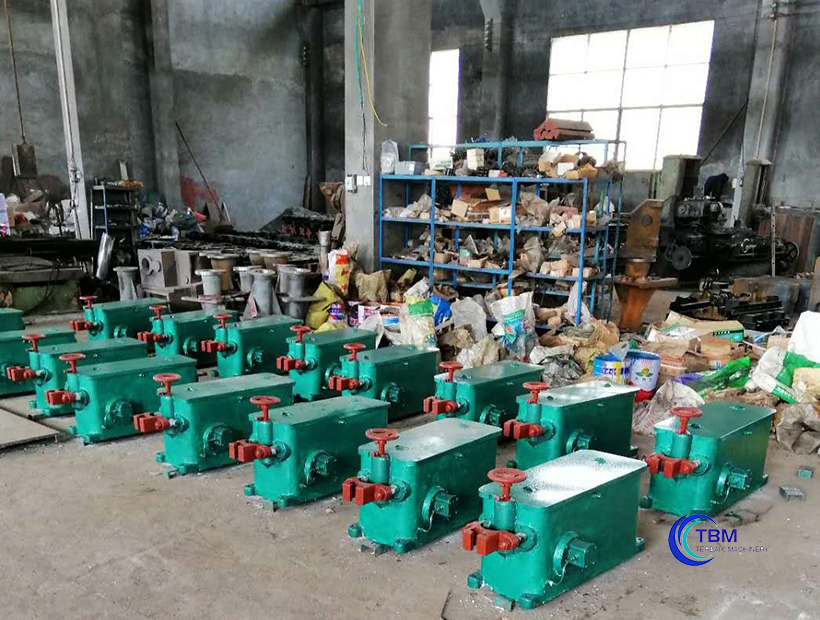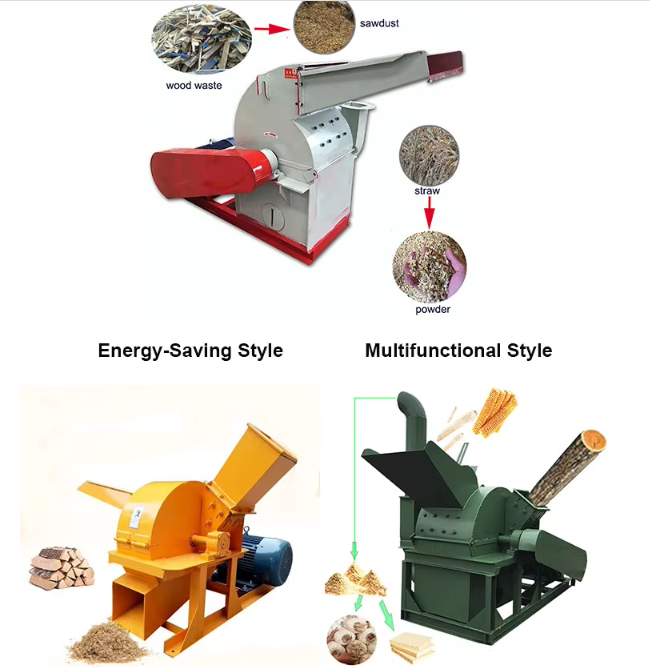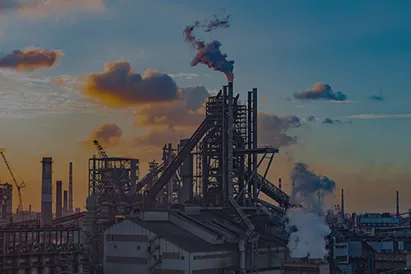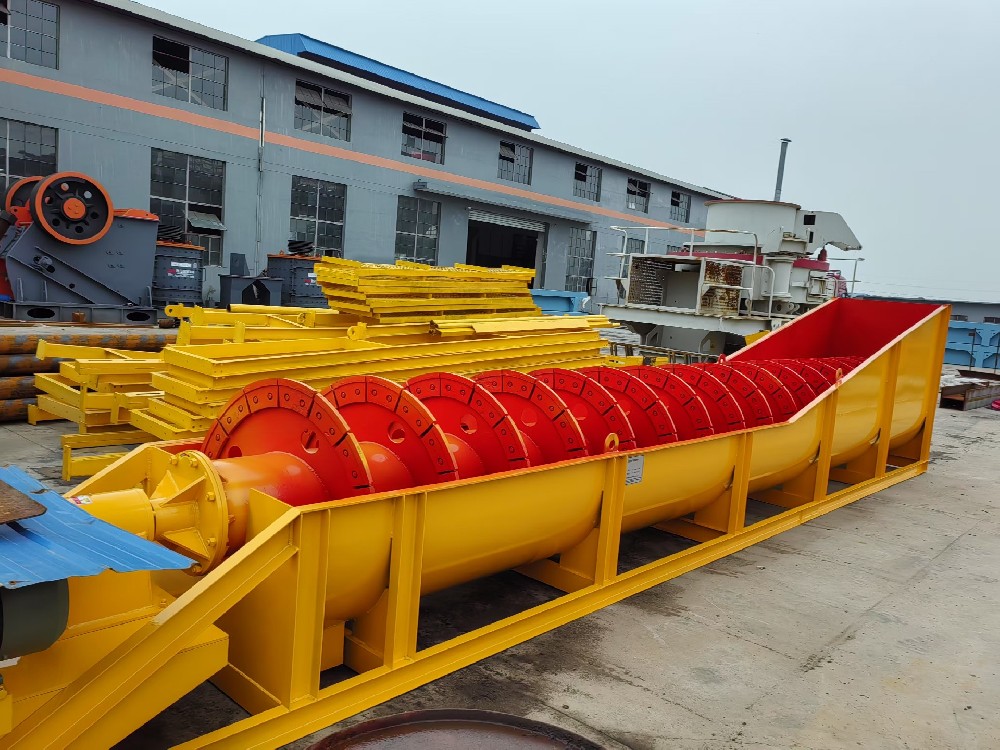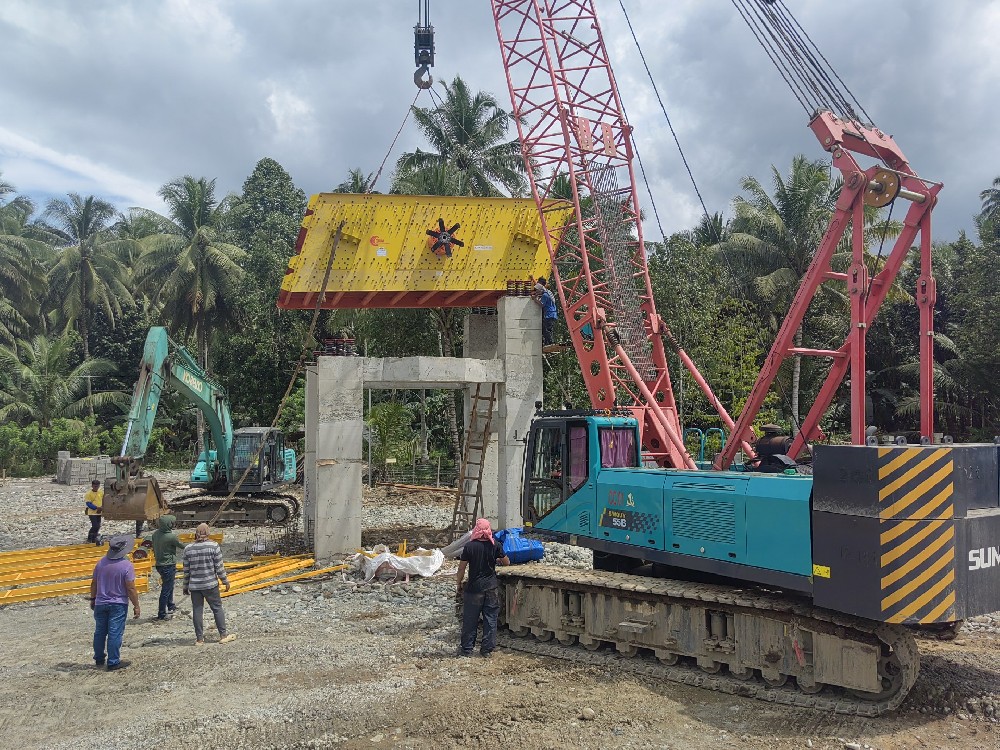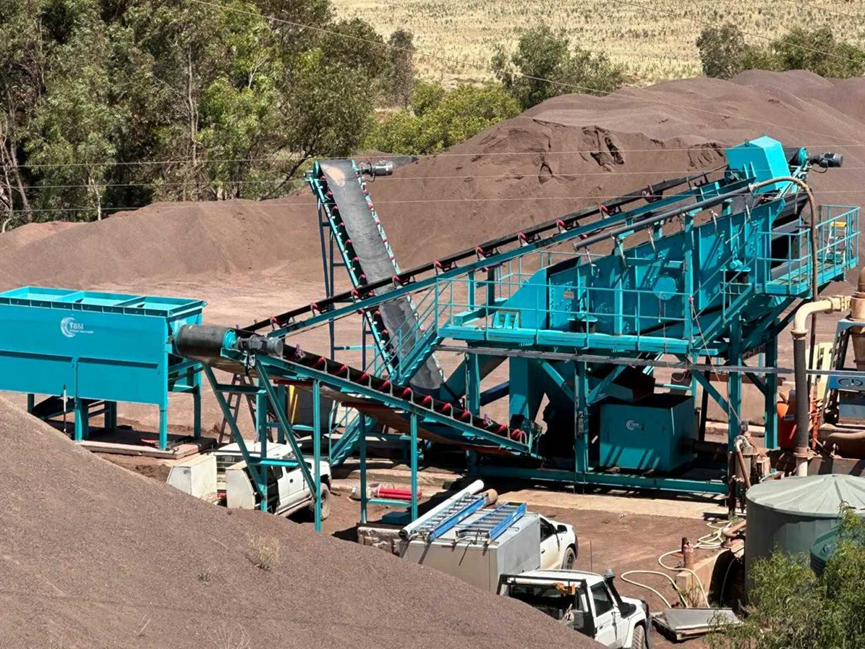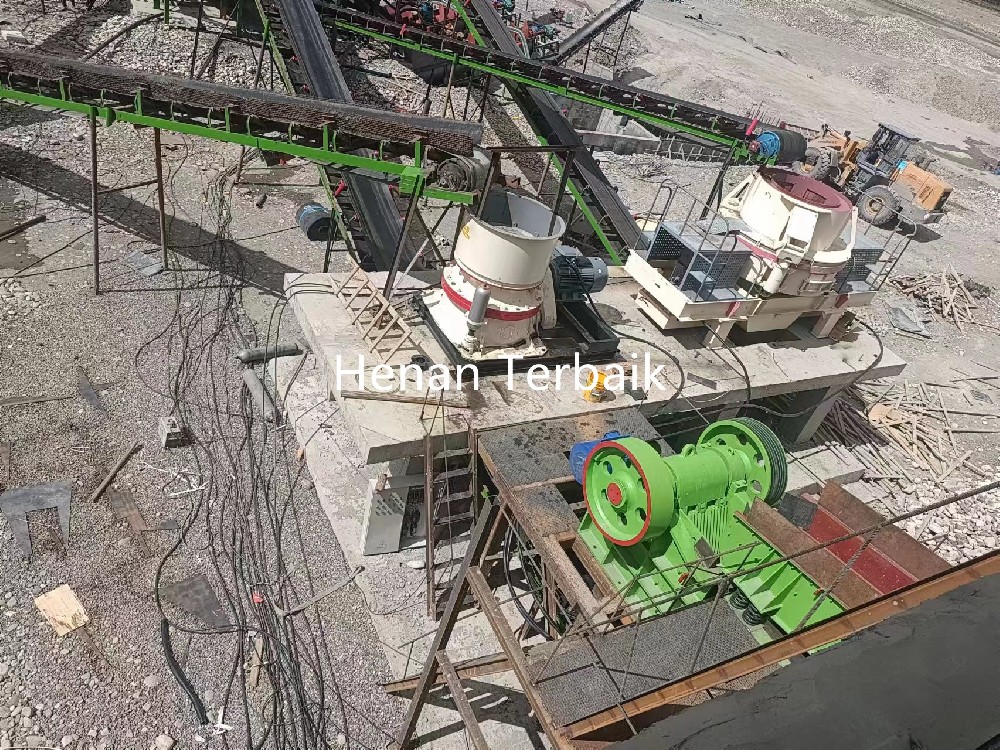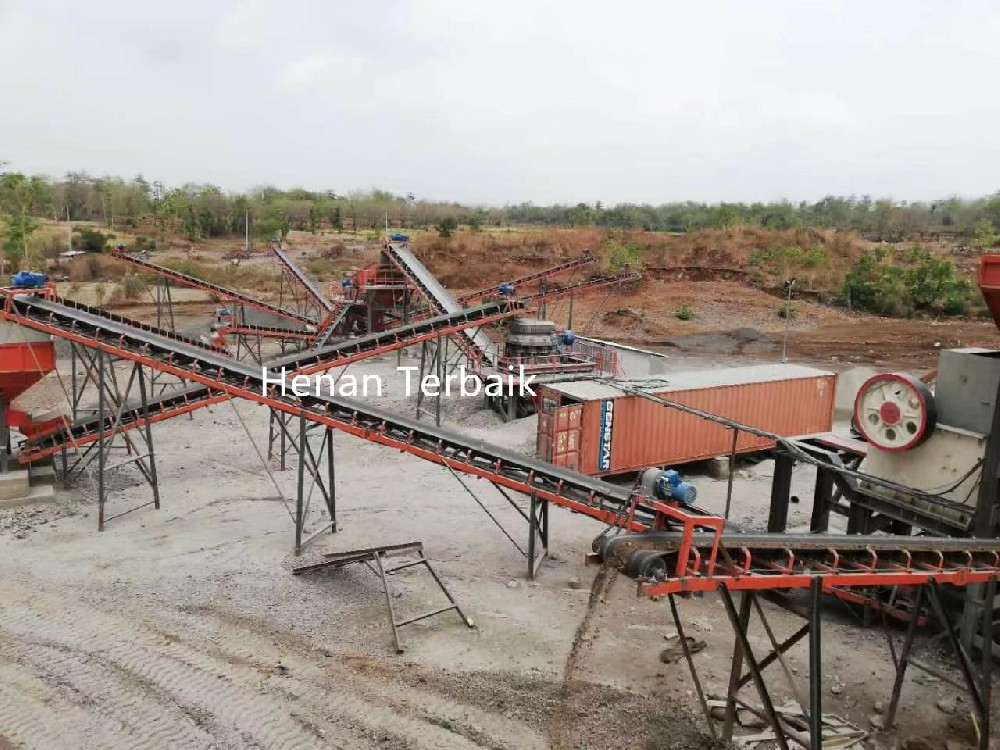Stone crushers play a crucial role in various industries, from construction to mining, by breaking down large rocks into smaller, more manageable sizes. But have you ever wondered how these machines work? Let's delve into the workings of a stone crusher to understand its mechanism and operation.
At its core, a stone crusher utilizes a simple yet effective crushing mechanism to break down rocks into smaller pieces. The process begins with the raw material being fed into the crusher's hopper, where it is gradually transported into the crushing chamber.
Within the crushing chamber, the raw material encounters a series of rapidly rotating hammers or jaws, depending on the type of crusher. These hammers or jaws exert force on the material, breaking it down into smaller particles through repeated impacts or compression.
As the crushed material exits the crushing chamber, it passes through a discharge opening, where it is then sorted and classified based on size. The finer particles may undergo further crushing stages or be used directly in various applications, while the larger pieces may undergo additional processing steps.
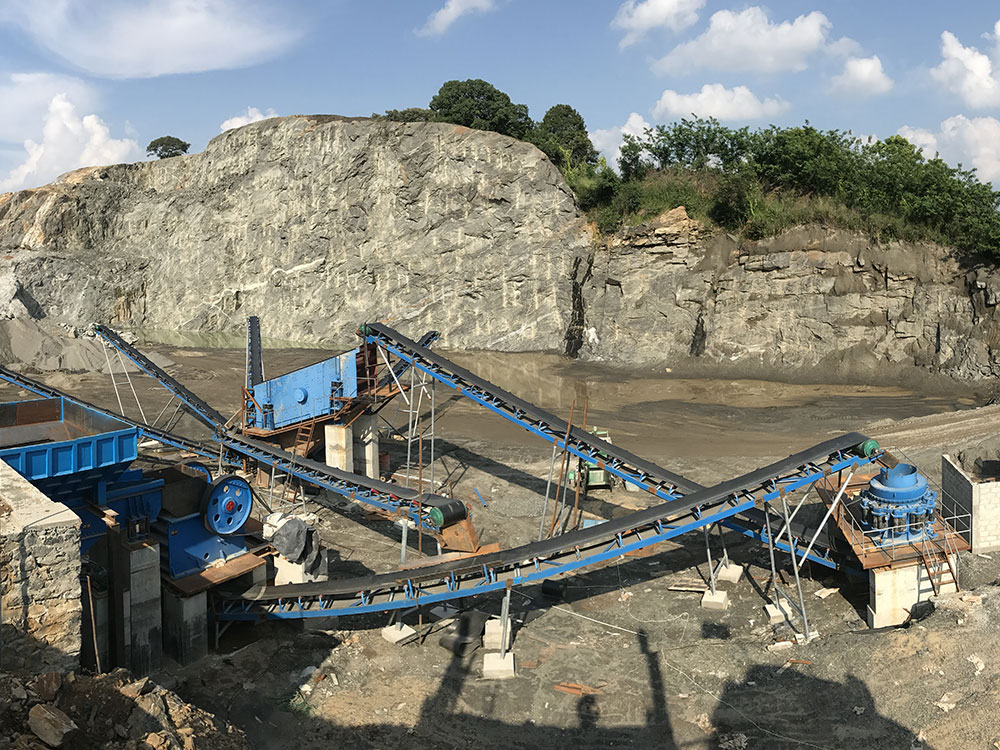
The efficiency of a stone crusher depends on several factors, including the type of crusher, the size and hardness of the raw material, the speed of rotation, and the configuration of the crushing chamber. Proper maintenance and regular inspection also play a crucial role in ensuring optimal performance and longevity of the crusher.
In summary, a stone crusher works by breaking down large rocks into smaller, more manageable sizes through a combination of crushing mechanisms. Understanding how these machines operate is essential for optimizing their performance and achieving efficient crushing operations in various industries.
Whether it's for construction, mining, or recycling, stone crushers are indispensable equipment in modern infrastructure development. By understanding how they work, we can harness their potential to drive progress and innovation in countless applications.
